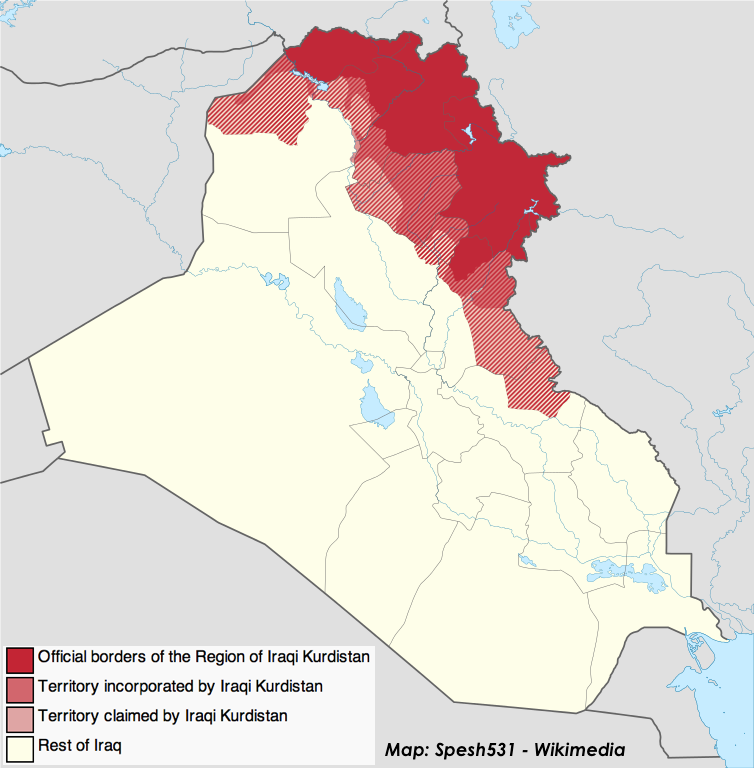Arsenal Bolt: Quick updates on the news stories we’re following.
“IS: Neither Islamic nor state, but is it a caliphate?” Mamoon Alabbasi for Middle East Eye — Observers argue that IS is neither Islamic nor a state, but what legacy would it have as a ‘caliphate’ compared to some of its predecessors?
“There are other aspects of the caliphate throughout the history of Islam that are worth noting – aspects that fly in the face of IS’s declared war on anyone who does not share their particular interpretation of the faith,” said Lyons, who is also currently working on a revisionist history of the Muslim world.
“Chief among these was the remarkable ethnic, linguistic and religious pluralism that characterised the institution for much of its early history, a fruitful mixing of cultures and traditions which made the Islamic empire of the late medieval period the leading world centre of science, philosophy and culture,” he added.
In some eras during the history of that caliphate, the treatment of minorities and the promotion of education particularly stood out in stark contrast to IS’s inflammatory rhetoric to anything that originates from what they perceive as outsiders.
“Under the Abbasid caliphs, who made Baghdad their capital in 762 CE, the Islamic empire greedily absorbed learning from disparate traditions and cultures – Jewish, Hindu, Zoroastrian, Syriac Christians and pagan – as a matter of state-sanctioned intellectual policy,” said Lyons.
“Abbasid scholars then went on to new heights in philosophy, medicine, mathematics, astronomy and other sciences, achieving breakthroughs that later laid the foundation for Europe’s own scientific and intellectual development,” he added.





